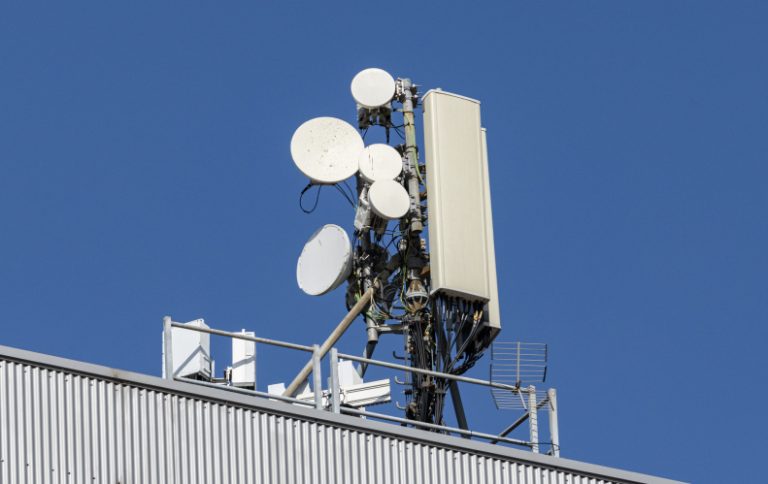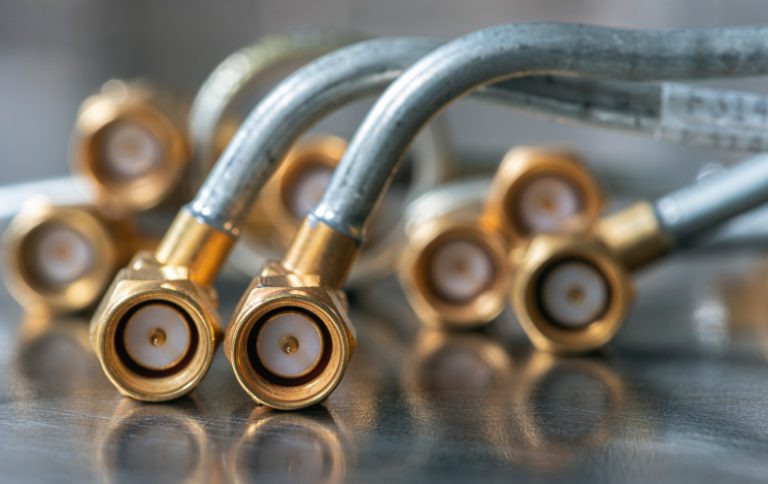Battery connectors are critical components in electrical systems, providing reliable, low-resistance connections between batteries and devices. At Petra Carbon, we design high-performance battery connectors that withstand extreme temperatures, vibrations, and high current loads, making them ideal for electric vehicles (EVs), renewable energy storage, and industrial equipment. This guide explores battery connector types, applications, and how Petra Carbon ensures uninterrupted power delivery in mission-critical systems.

What Is a Battery Connector?
A battery connector is an electromechanical interface that links a battery to a circuit or device, ensuring efficient power transfer. Unlike RF connectors, which handle high-frequency signals, battery connectors prioritize current capacity, durability, and safety in high-power environments.
Key Features of Petra Carbon’s Battery Connectors:
Current Rating: 10A to 500A+ options for varied applications.
Materials: Copper alloy contacts with gold/nickel plating for corrosion resistance.
Safety: IP67/IP69K ratings for dust/waterproofing in harsh conditions.
Explore our battery connector catalog for industry-specific solutions.
Types of Battery Connectors
Anderson Powerpole Connectors
Use Case: EVs, solar power systems, and robotics.
Features: Quick-disconnect design, handles up to 350A.
Bullet Connectors
Use Case: RC vehicles, drones, and portable electronics.
Features: Compact, solderless crimping for easy installation.
Terminal Blocks
Use Case: Industrial battery banks and renewable energy storage.
Pair With: Hydraulic torque wrenches for secure torqueing.
Magnetic Connectors
Use Case: Consumer electronics and medical devices.
Features: Self-aligning, breakaway design for safety.
Applications of Battery Connectors
Electric Vehicles (EVs)
Connect lithium-ion battery packs to inverters and motors.
Safety: Flame-retardant housings meet UL 94V-0 standards.
Renewable Energy
Link solar/wind storage systems with grid-tie inverters.
Industrial Machinery
Power heavy-duty tools like hydraulic pumps and CNC machines.
Aerospace
Lightweight connectors for aircraft auxiliary power units (APUs).
How to Choose the Right Battery Connector
| Factor | Consideration |
| Current Rating | Match peak/continuous current needs (e.g., 200A for EVs). |
| Environmental Needs | IP ratings for moisture, dust, and temperature extremes. |
| Compatibility | Ensure alignment with battery terminal types (e.g., spade, ring). |
Pro Tip: Use Petra Carbon’s test probes to validate connector resistance during installation.
Why Petra Carbon’s Battery Connectors Excel
Rigorous Testing: Validated under 50,000+ mating cycles and thermal shock tests.
Customization: Adjustable contact sizes, plating, and housing colors.
Global Compliance: Meets RoHS, REACH, and IEC 62620 standards.
FAQs About Battery Connectors
Can battery connectors be used for high-voltage systems?
Yes! We offer connectors rated up to 1000V for EV and industrial applications.
How do I prevent corrosion in battery connectors?
Use gold-plated contacts and apply dielectric grease during assembly.
Do you offer connectors for custom battery shapes?
Absolutely! Submit your specs via our contact form.
At PetraCarbon, we engineer battery connectors to thrive in the toughest environments, from electric vehicles to industrial automation.
🔗 Contact Us for expert guidance or explore our Battery Connector Catalog.
Reliable, Durable!



